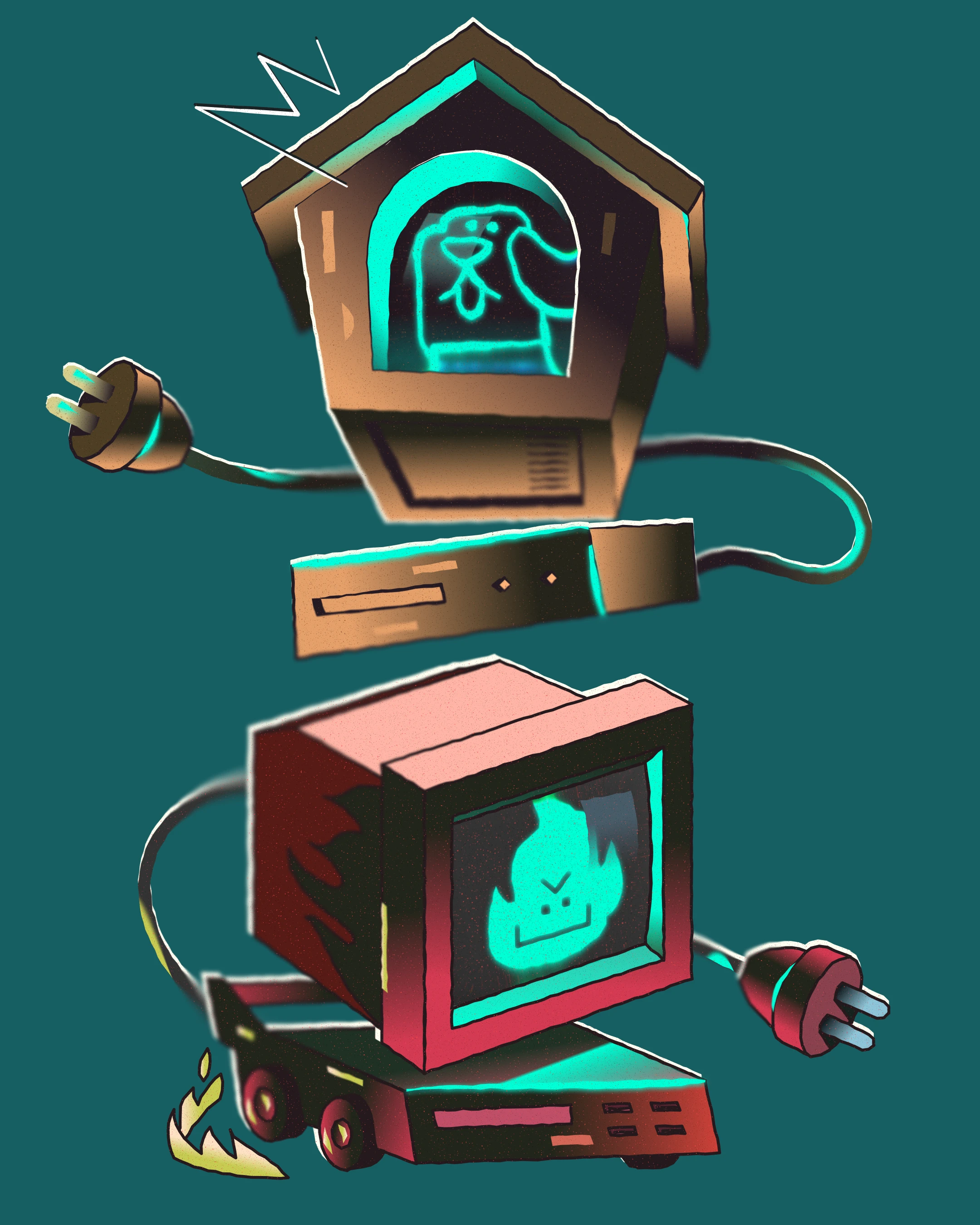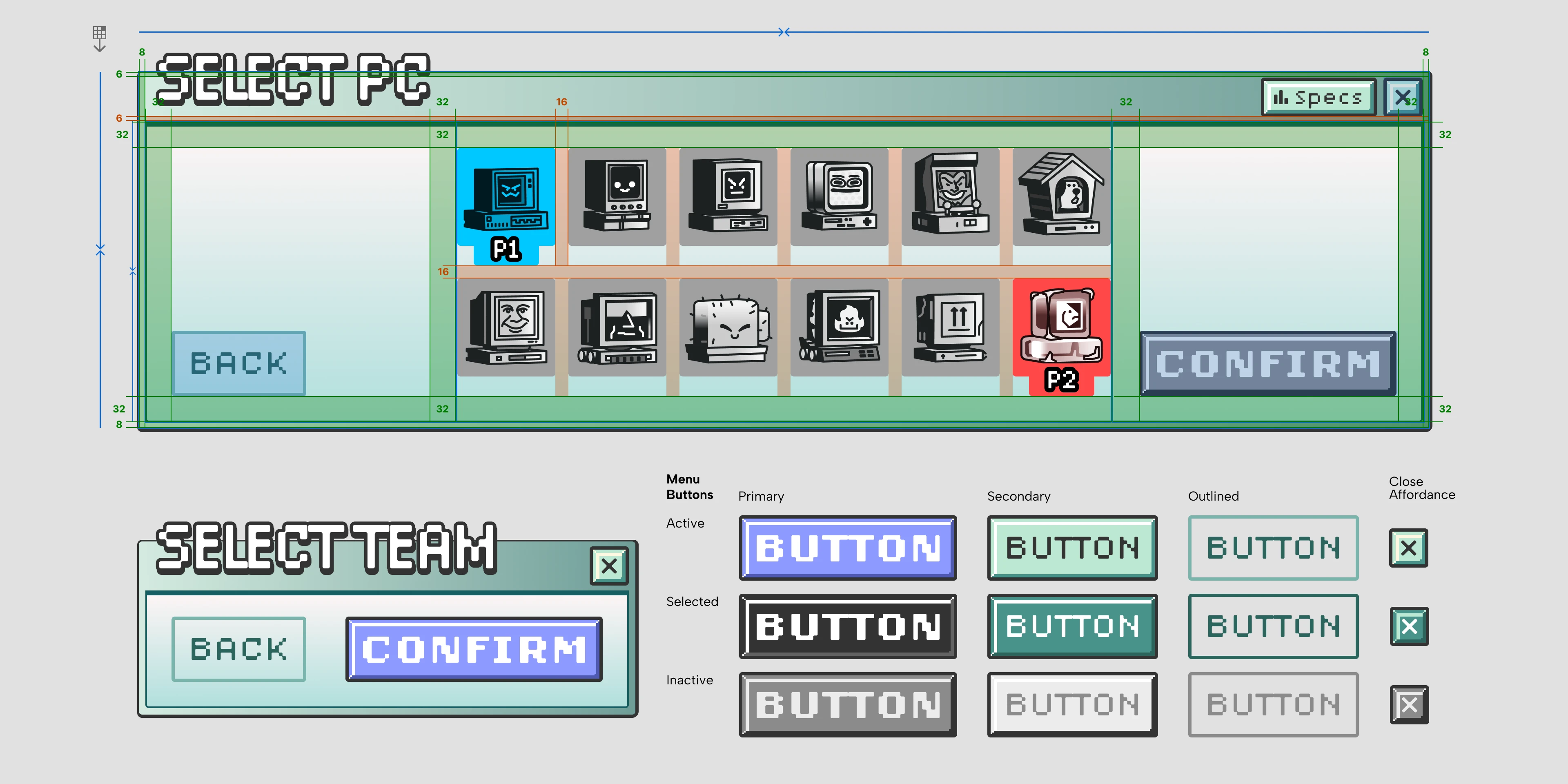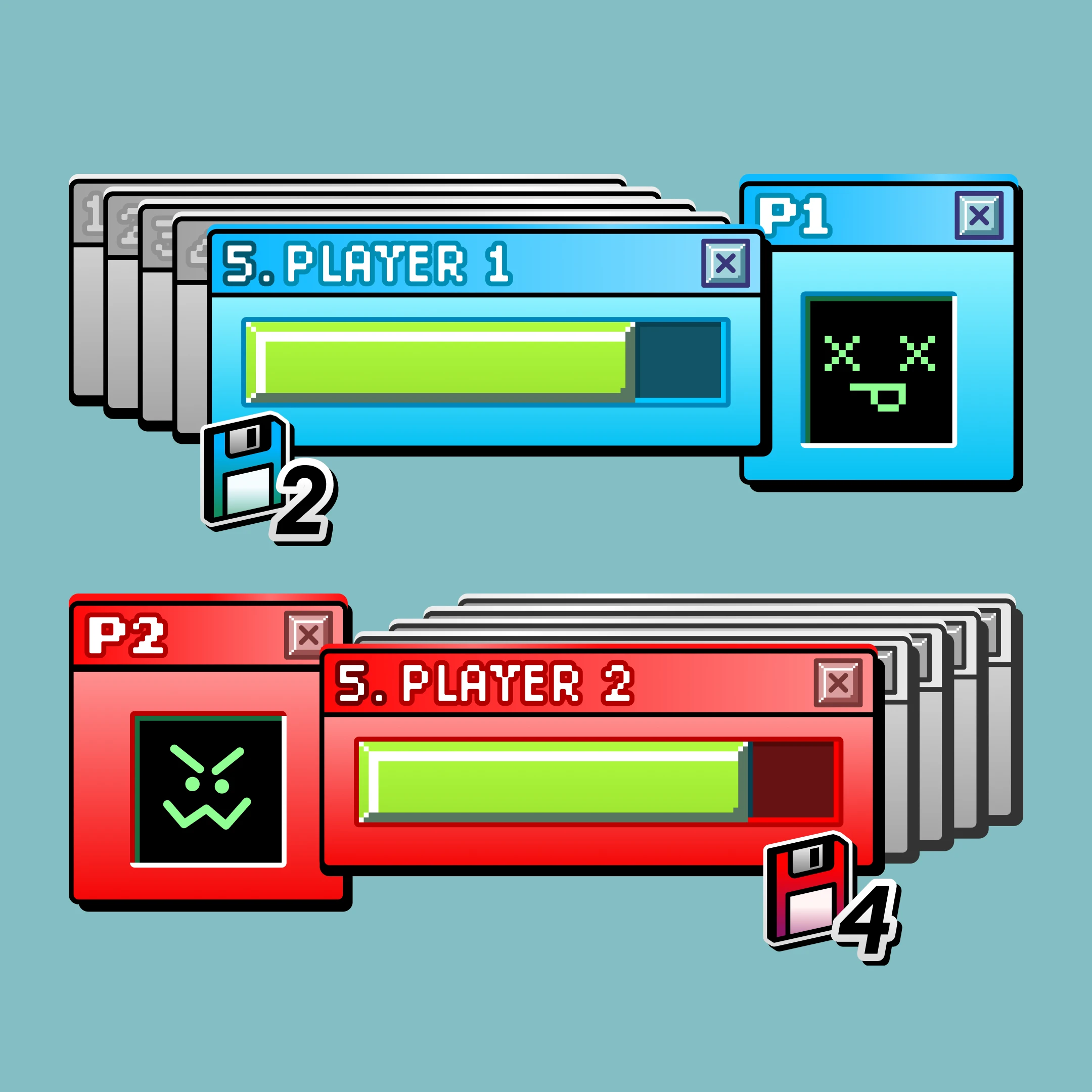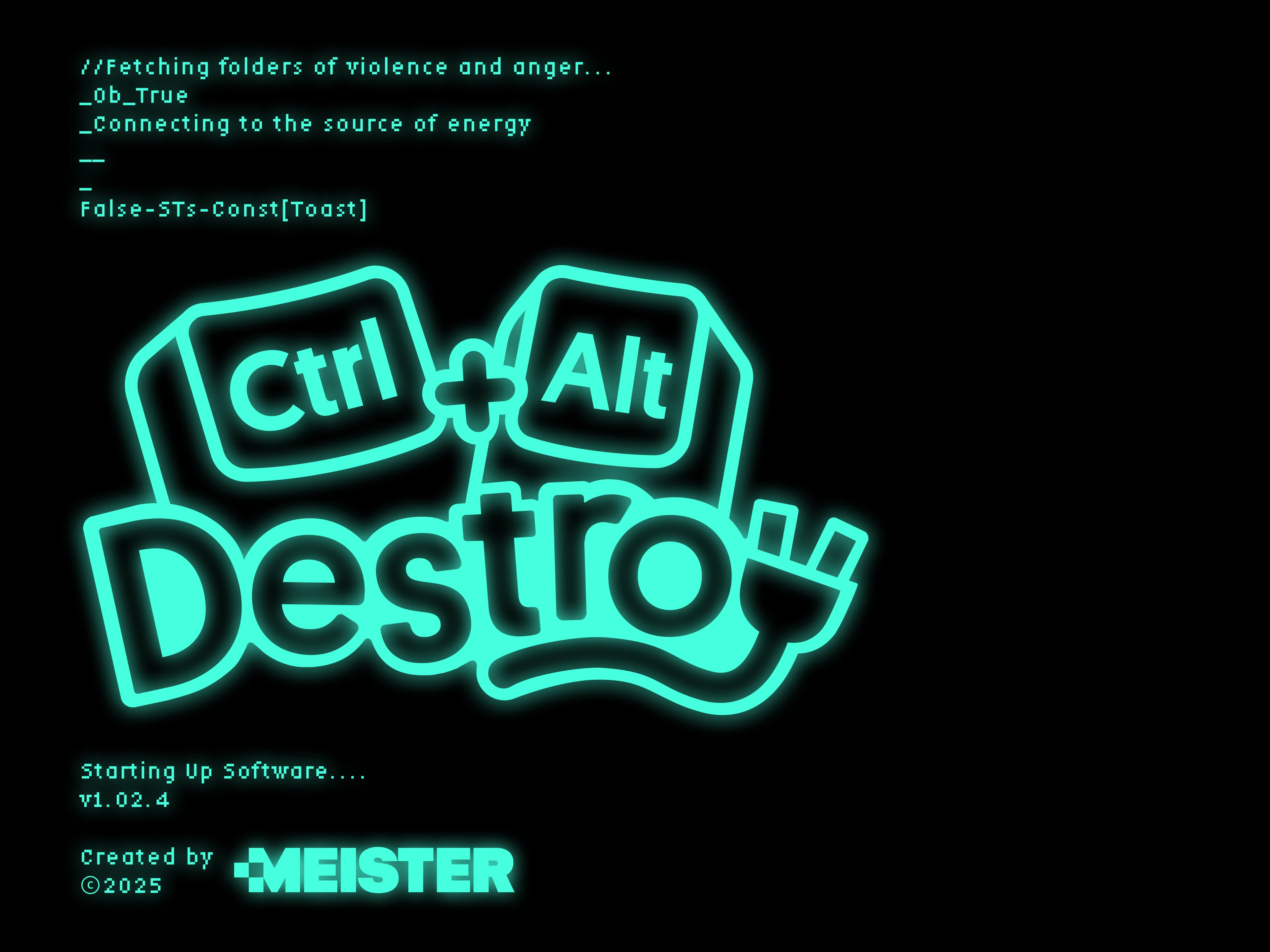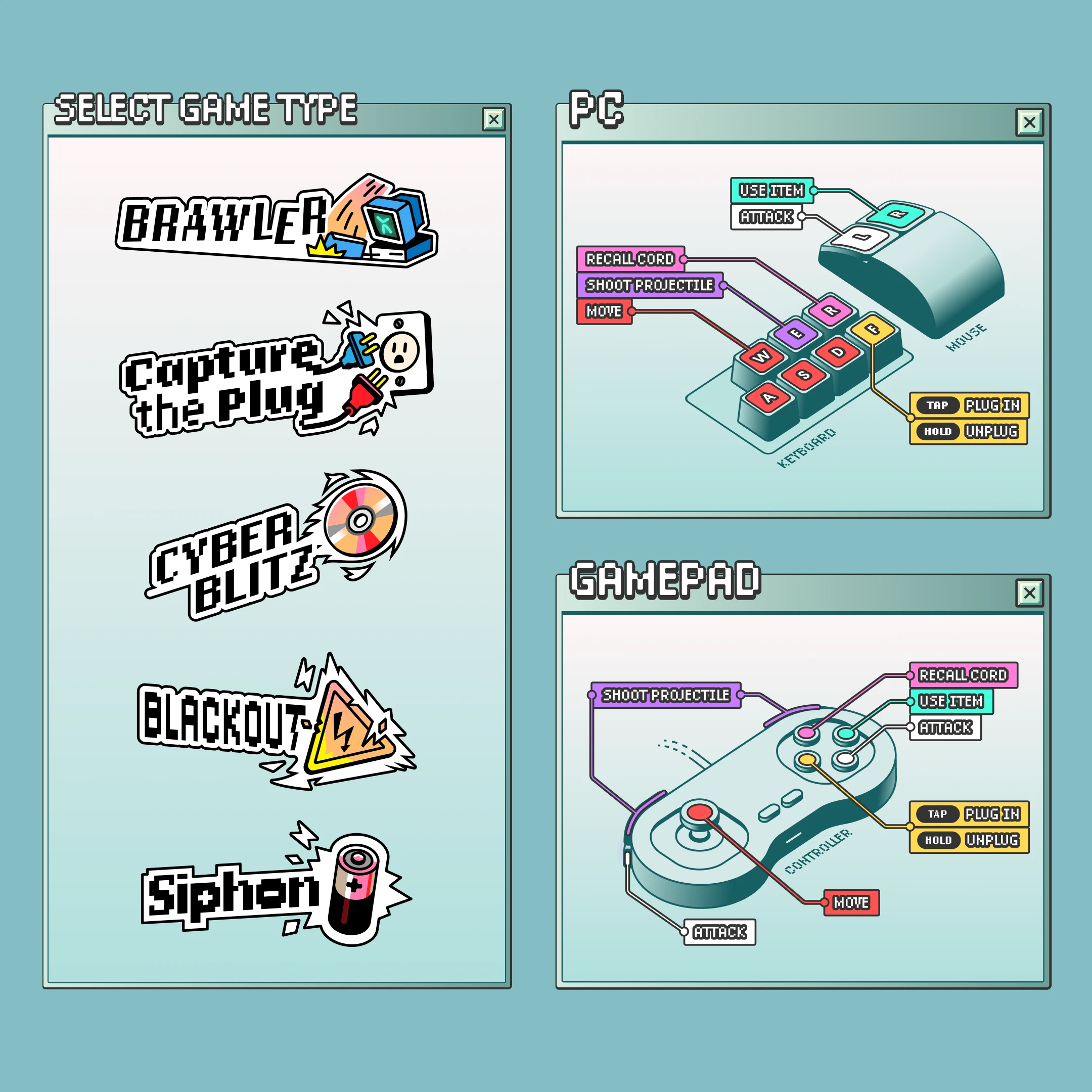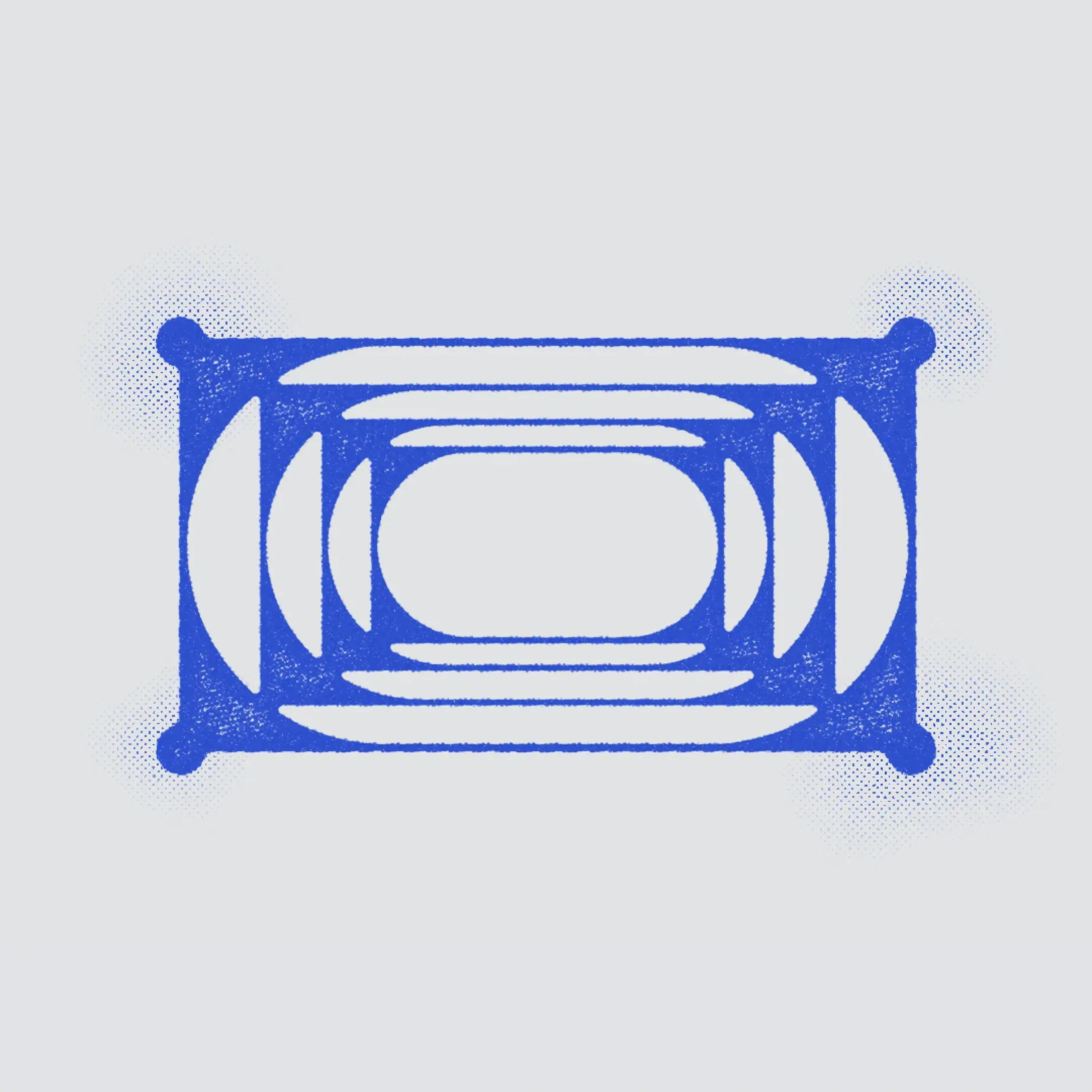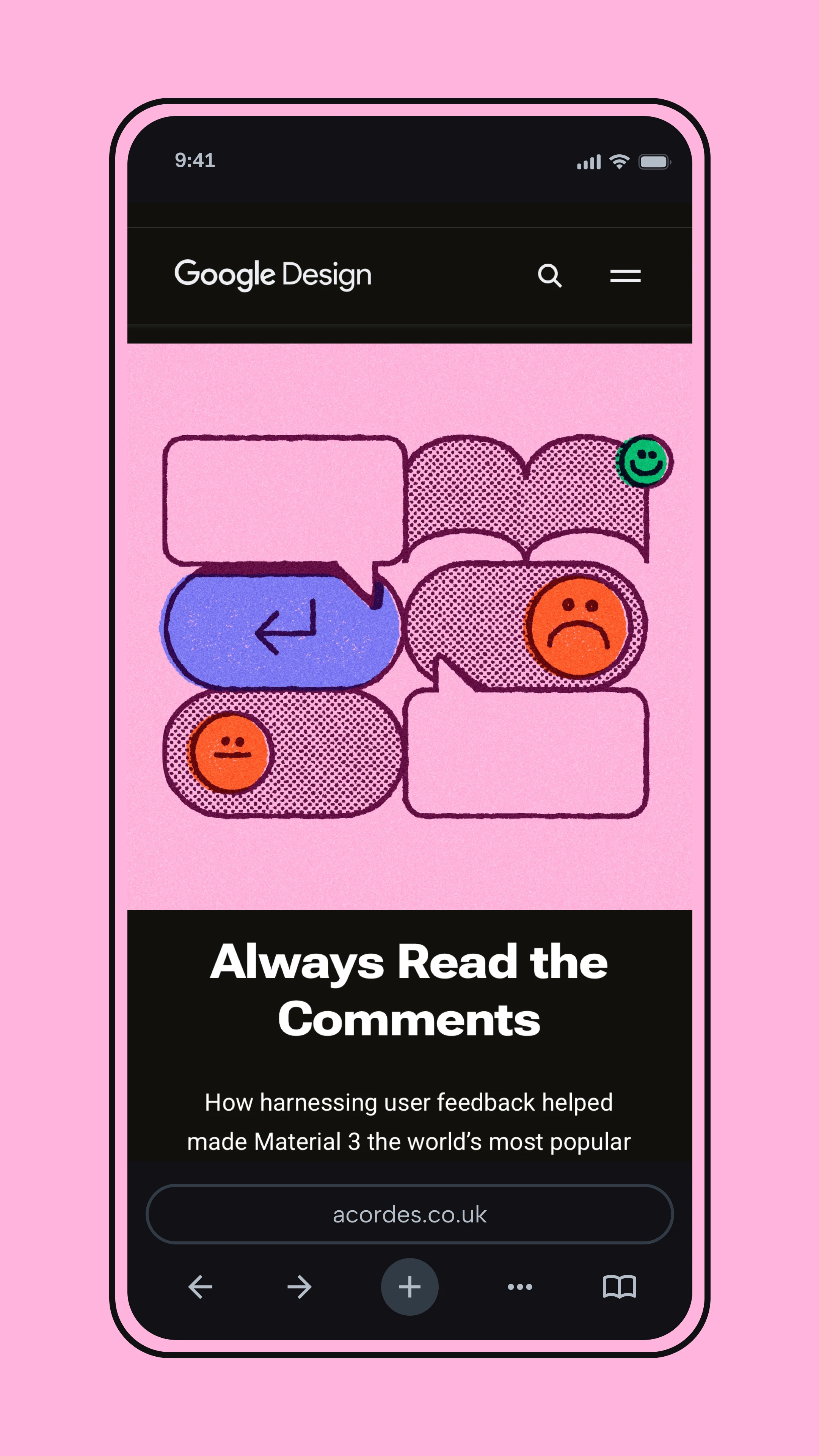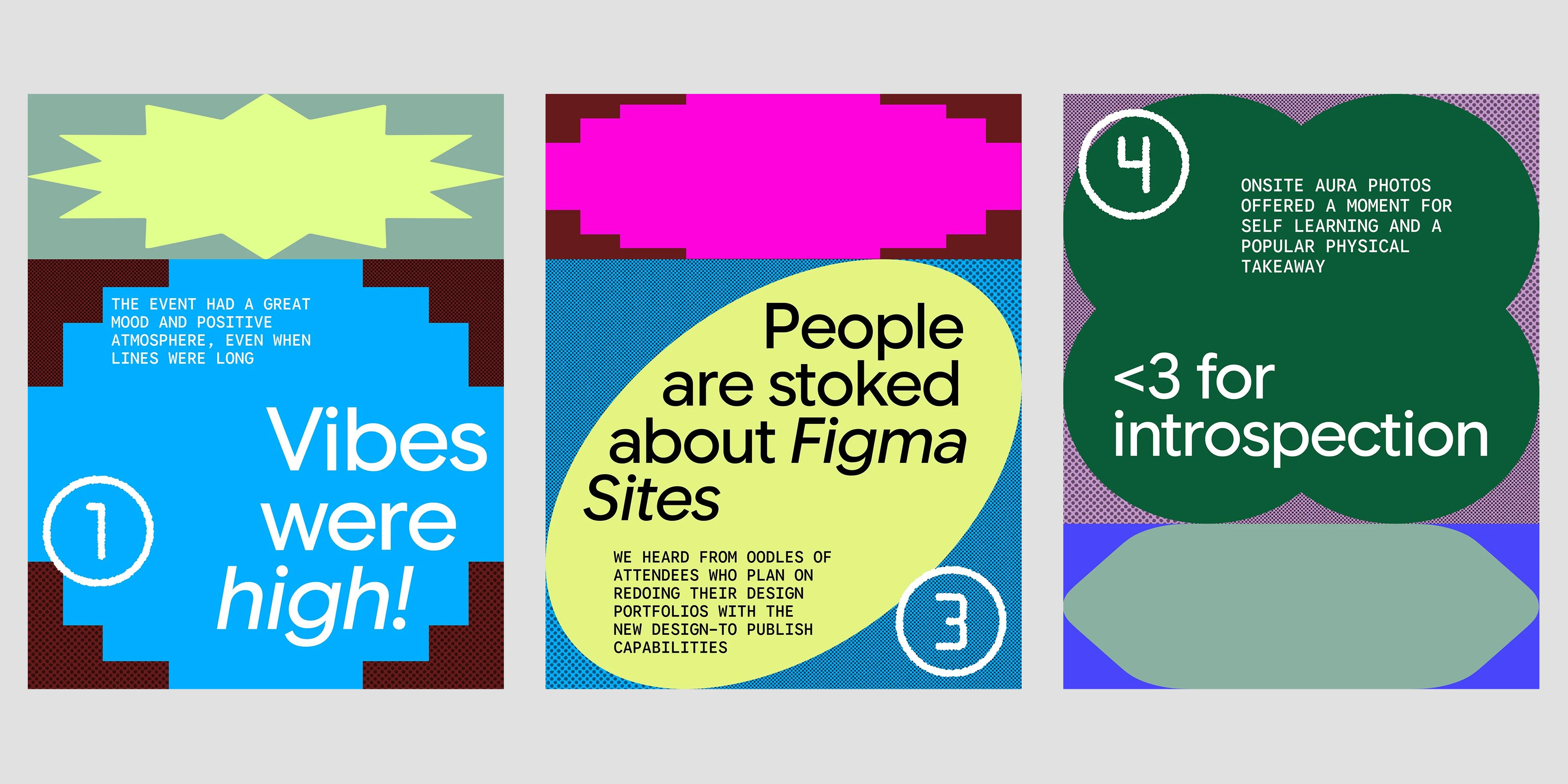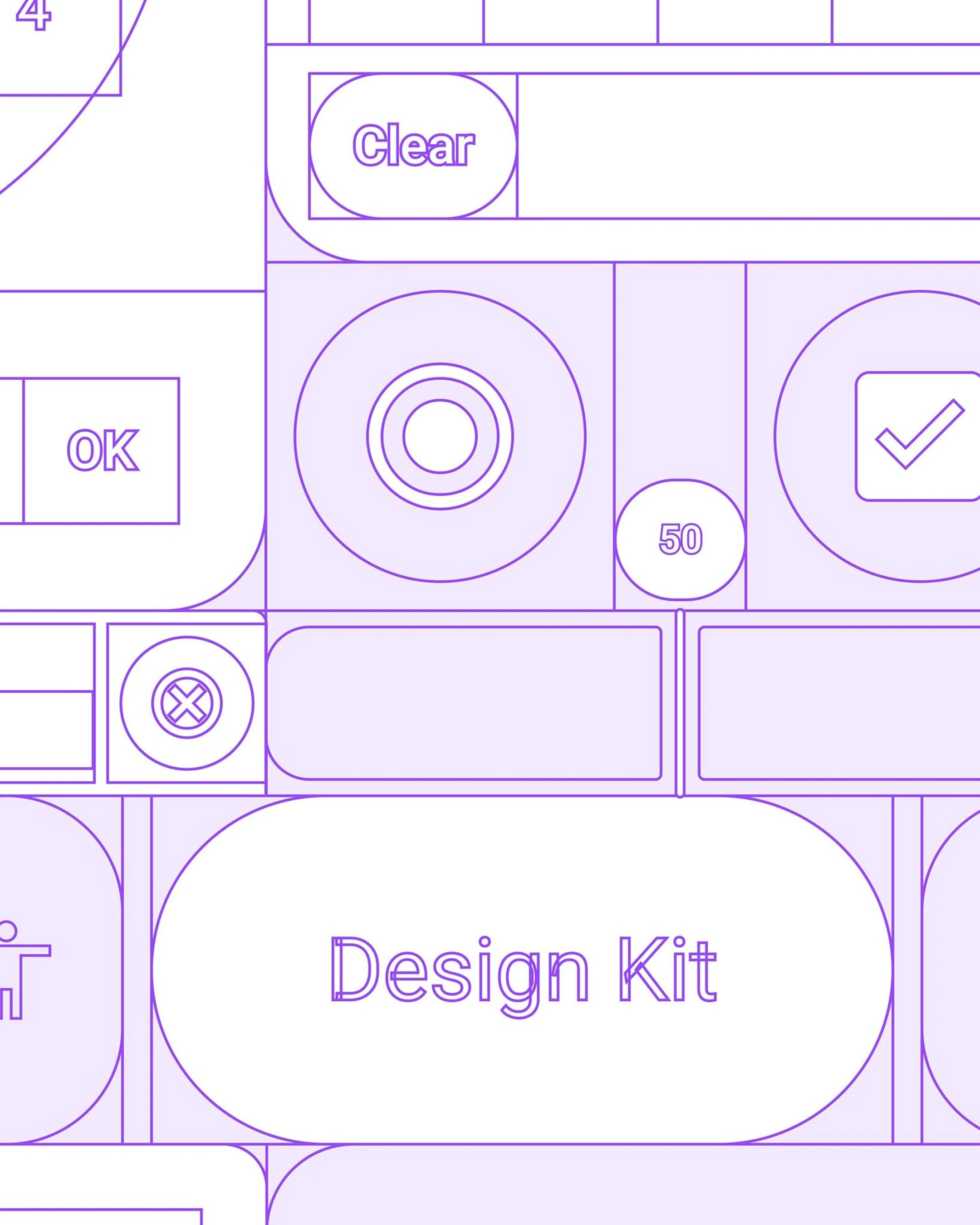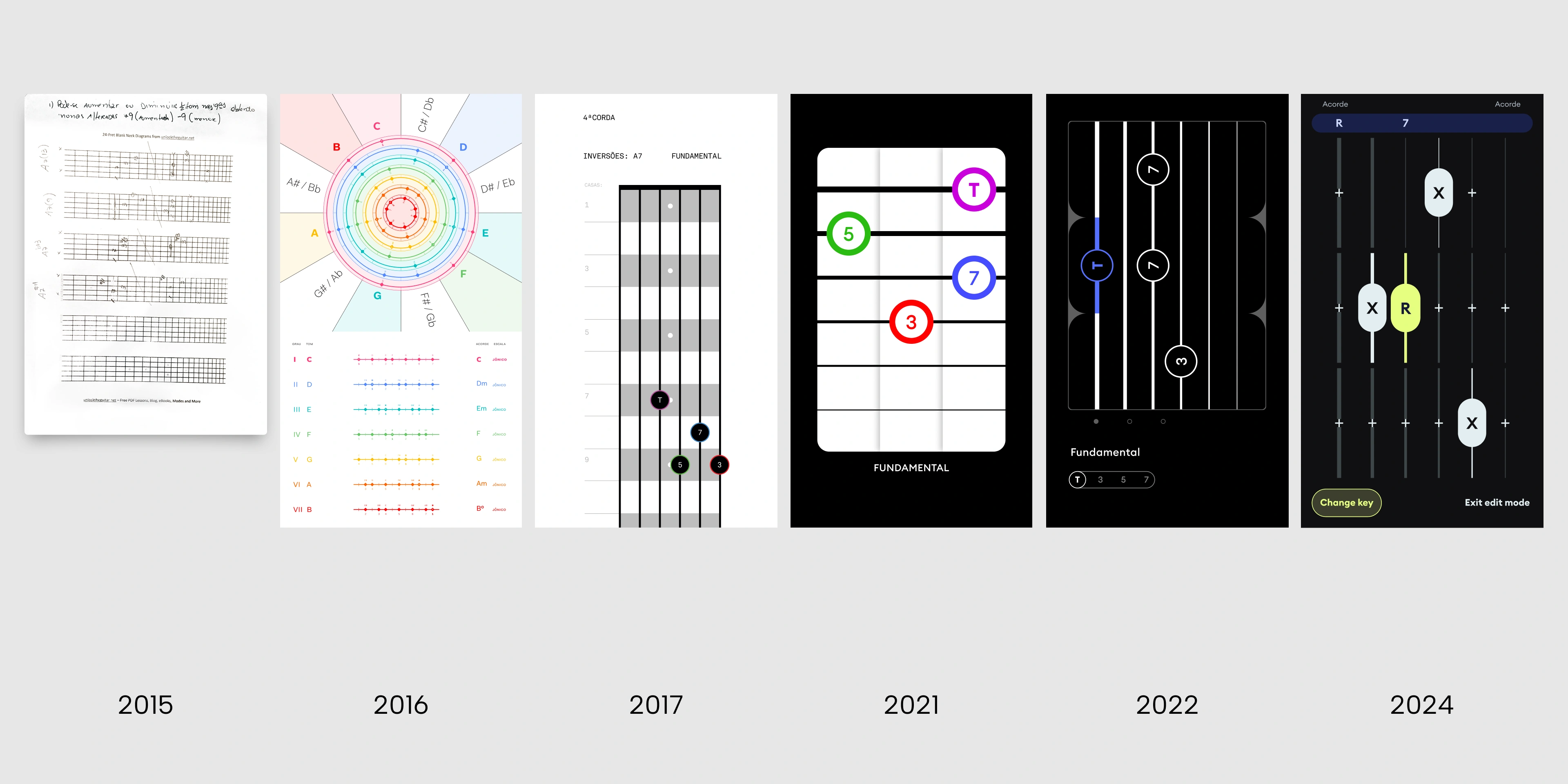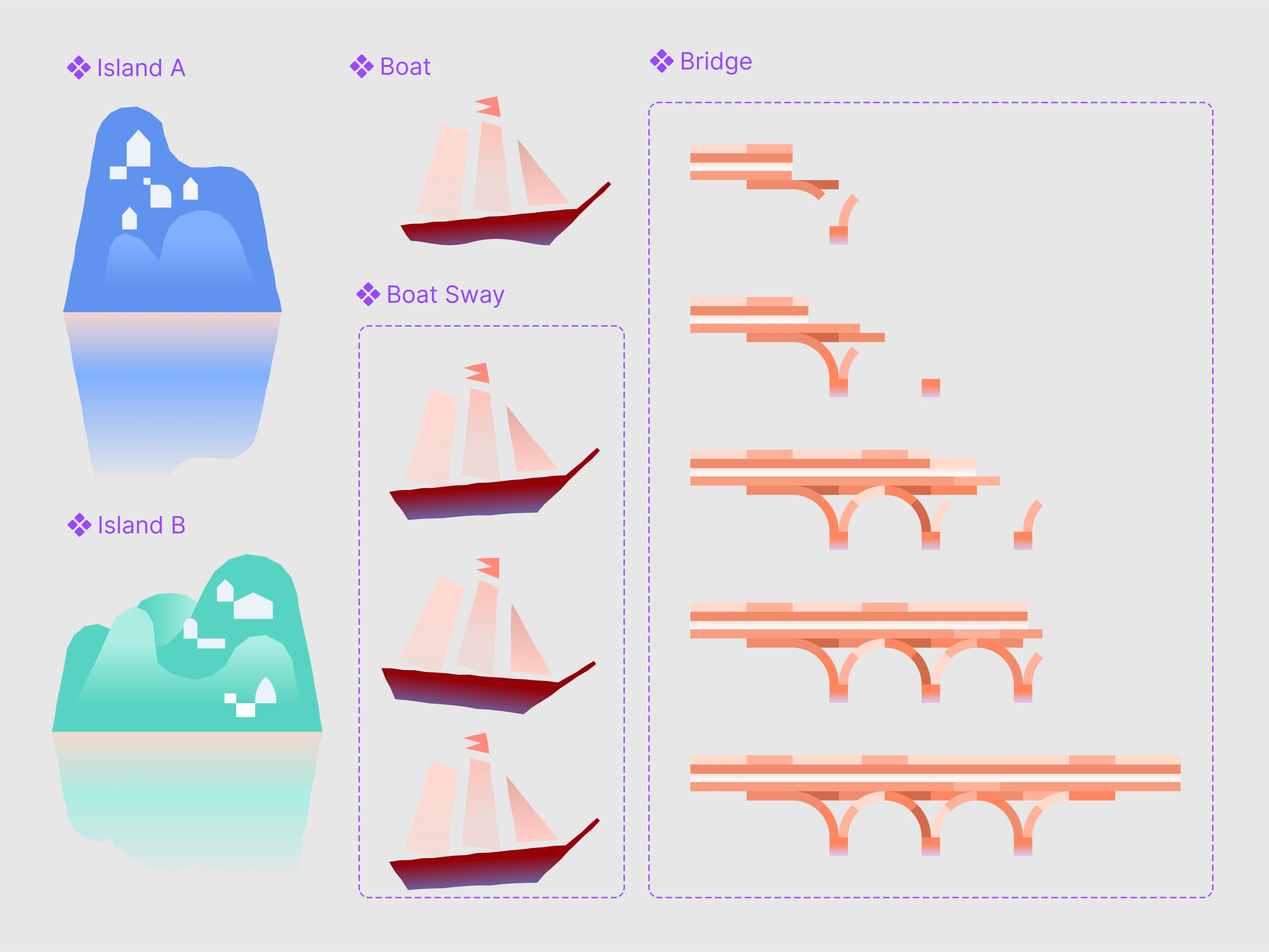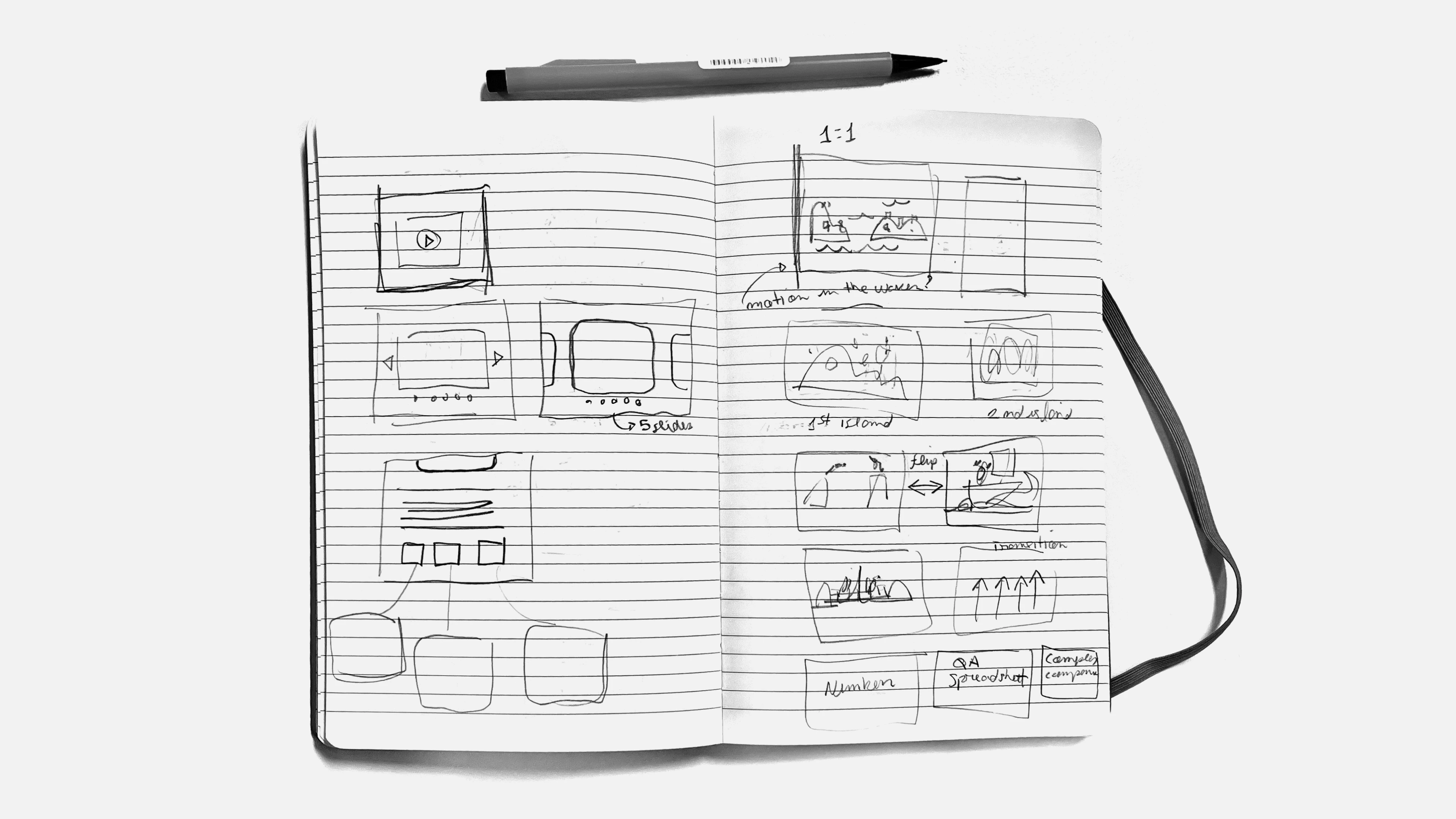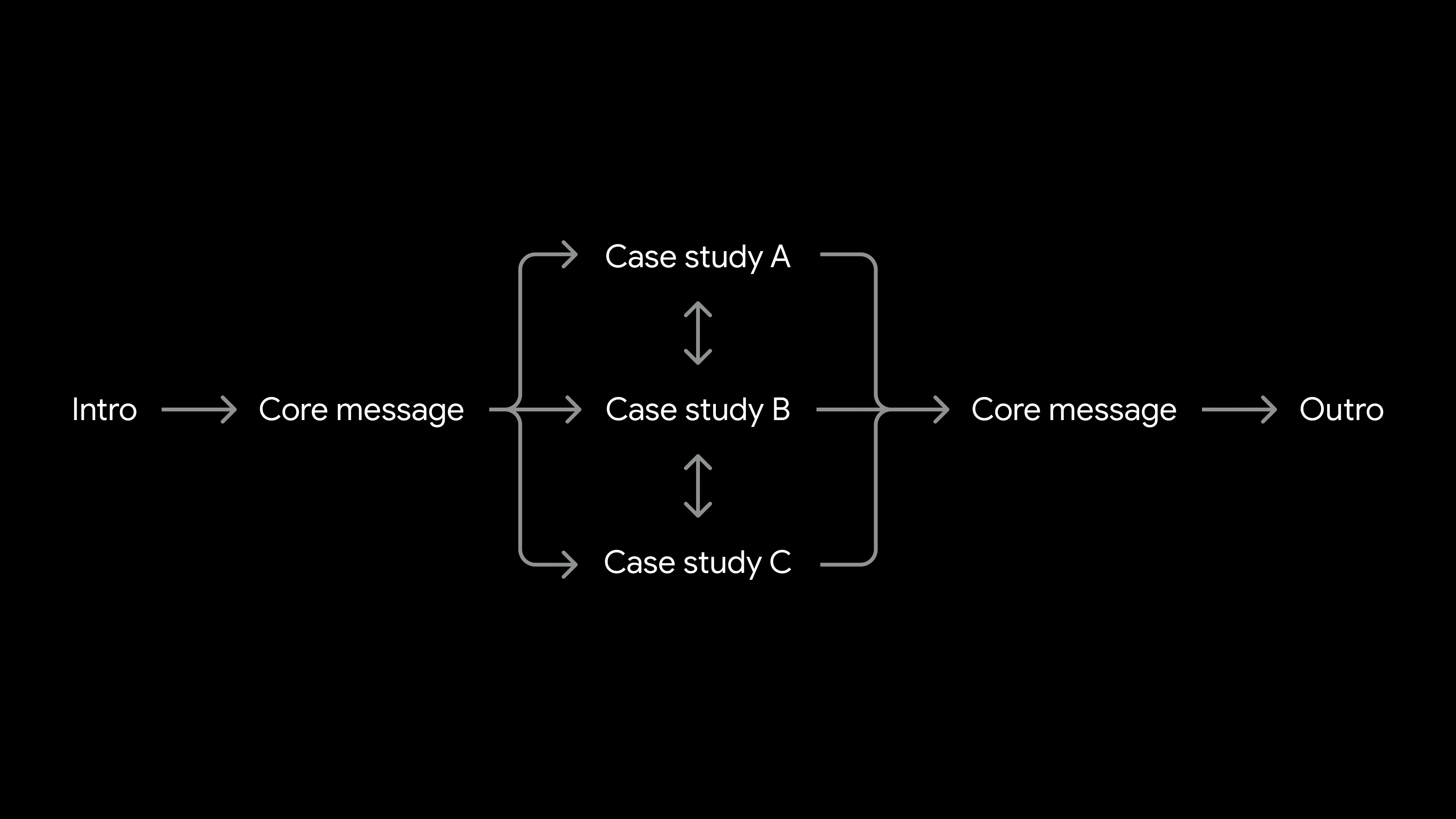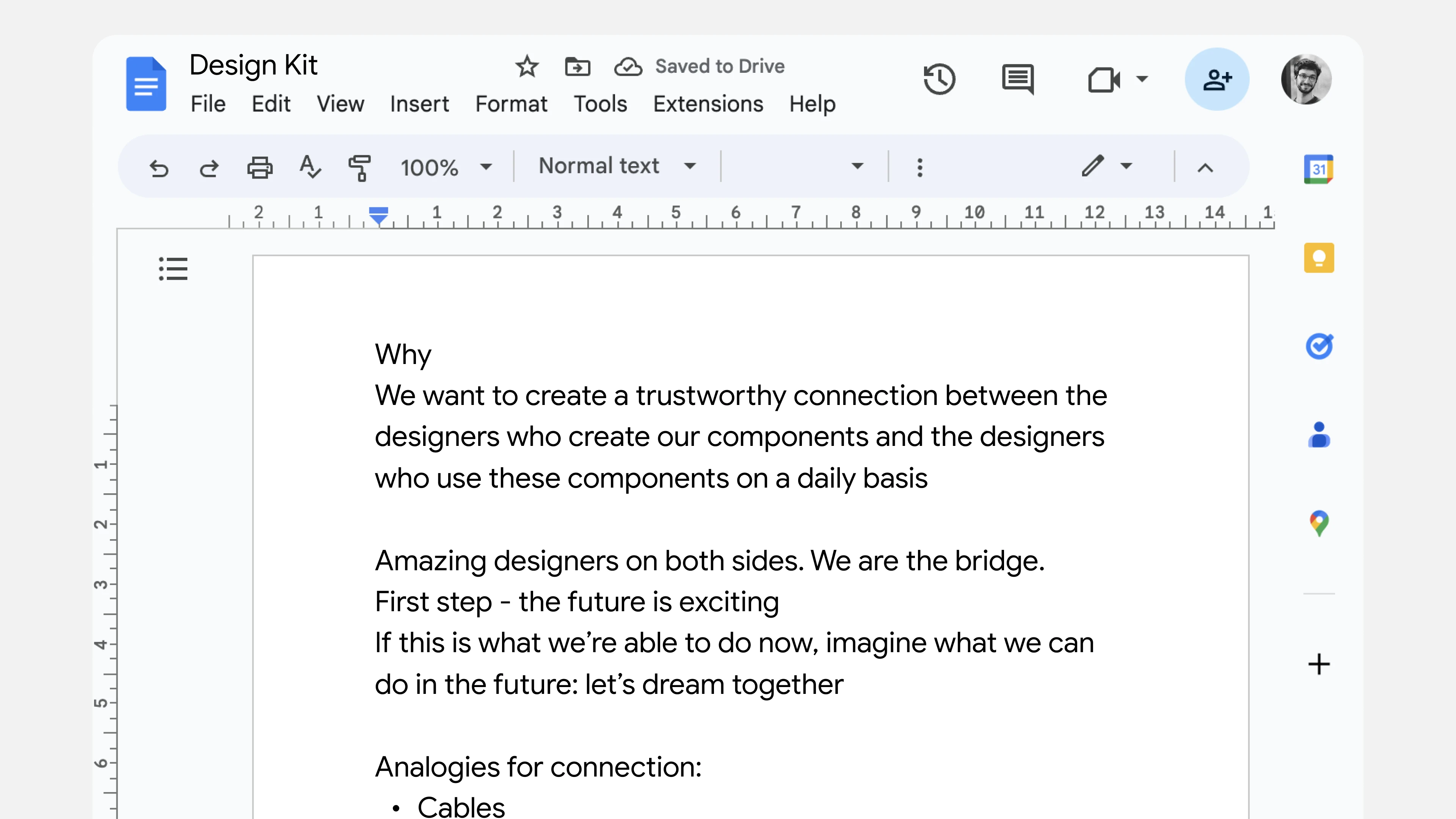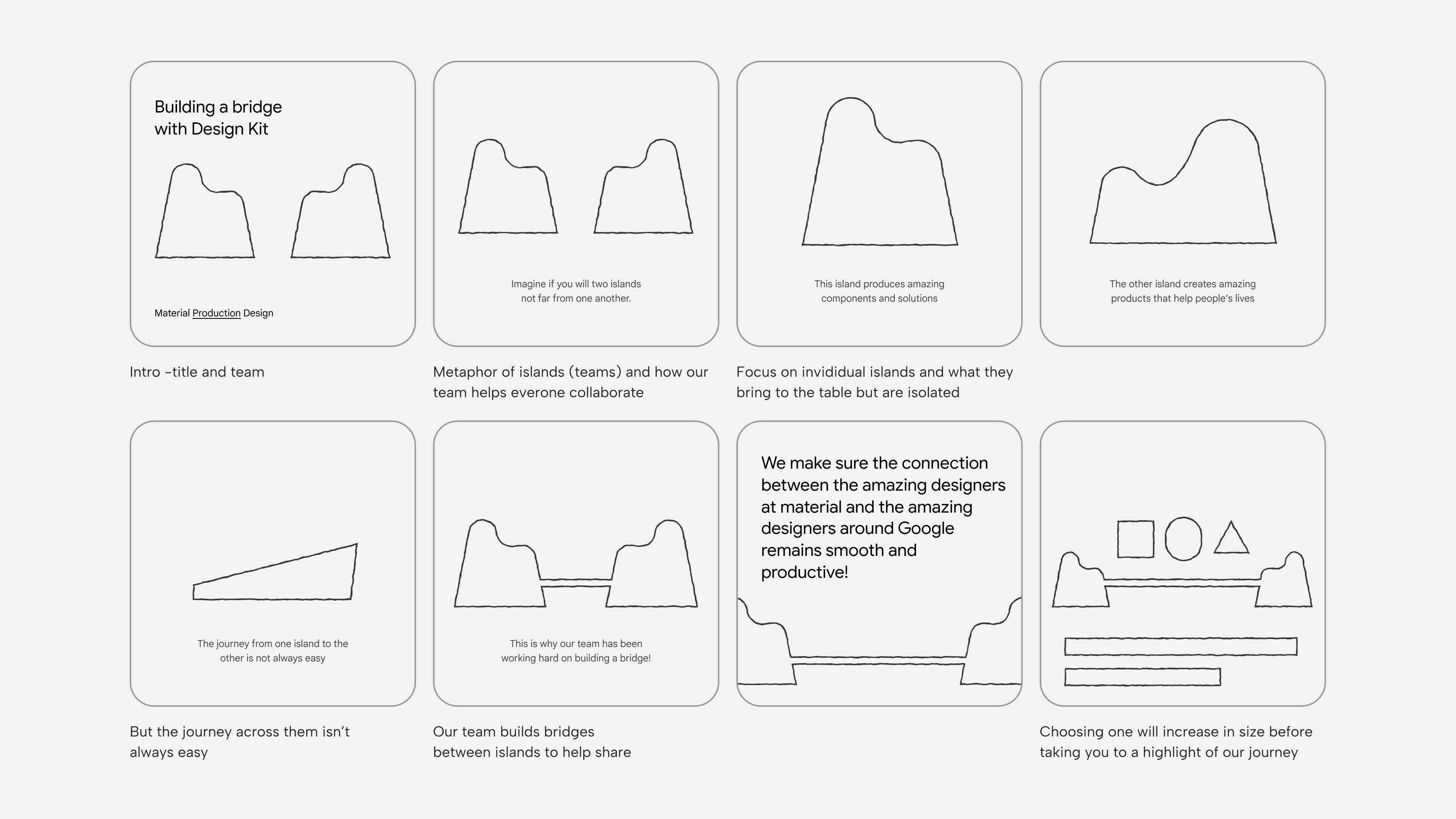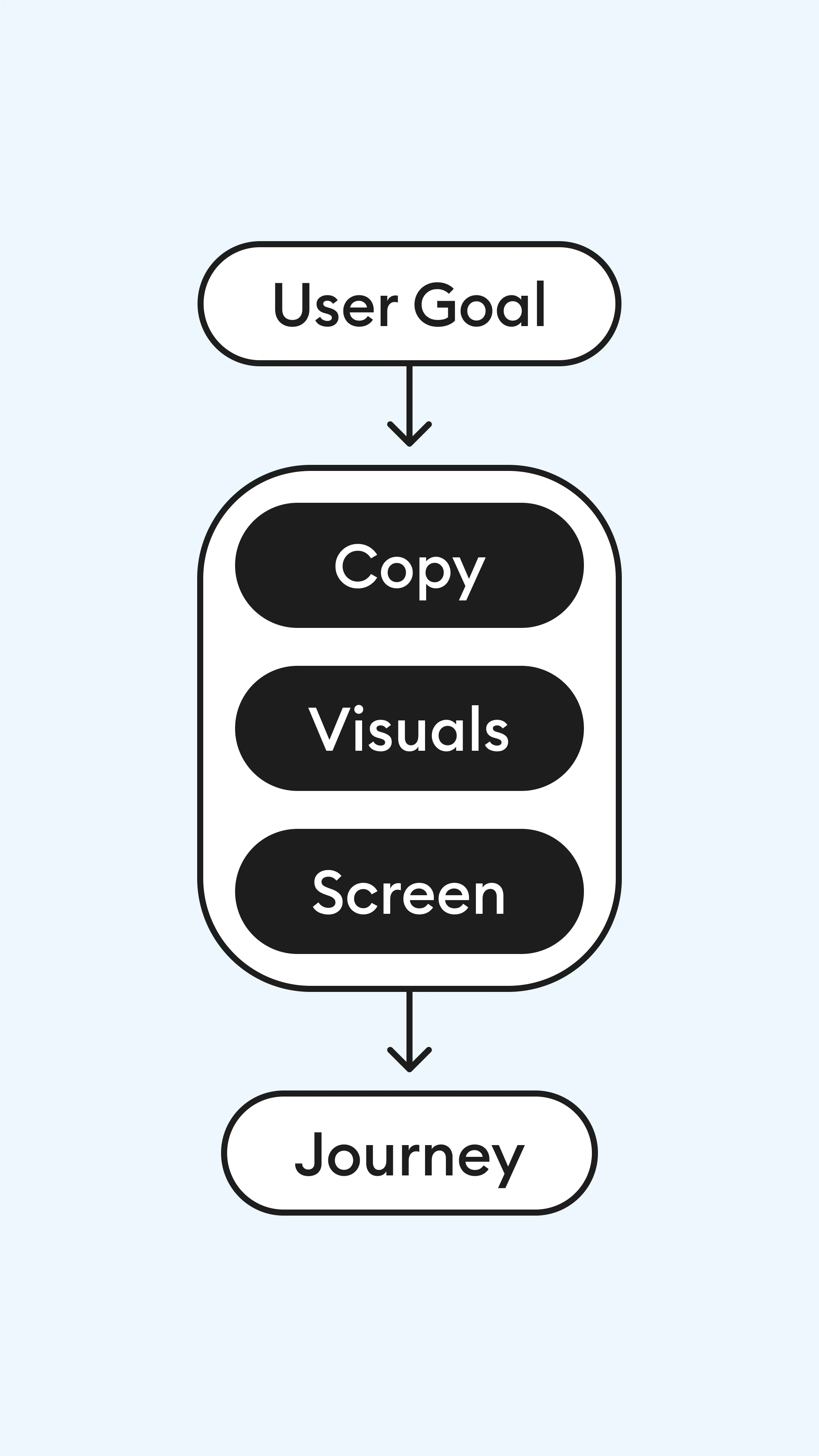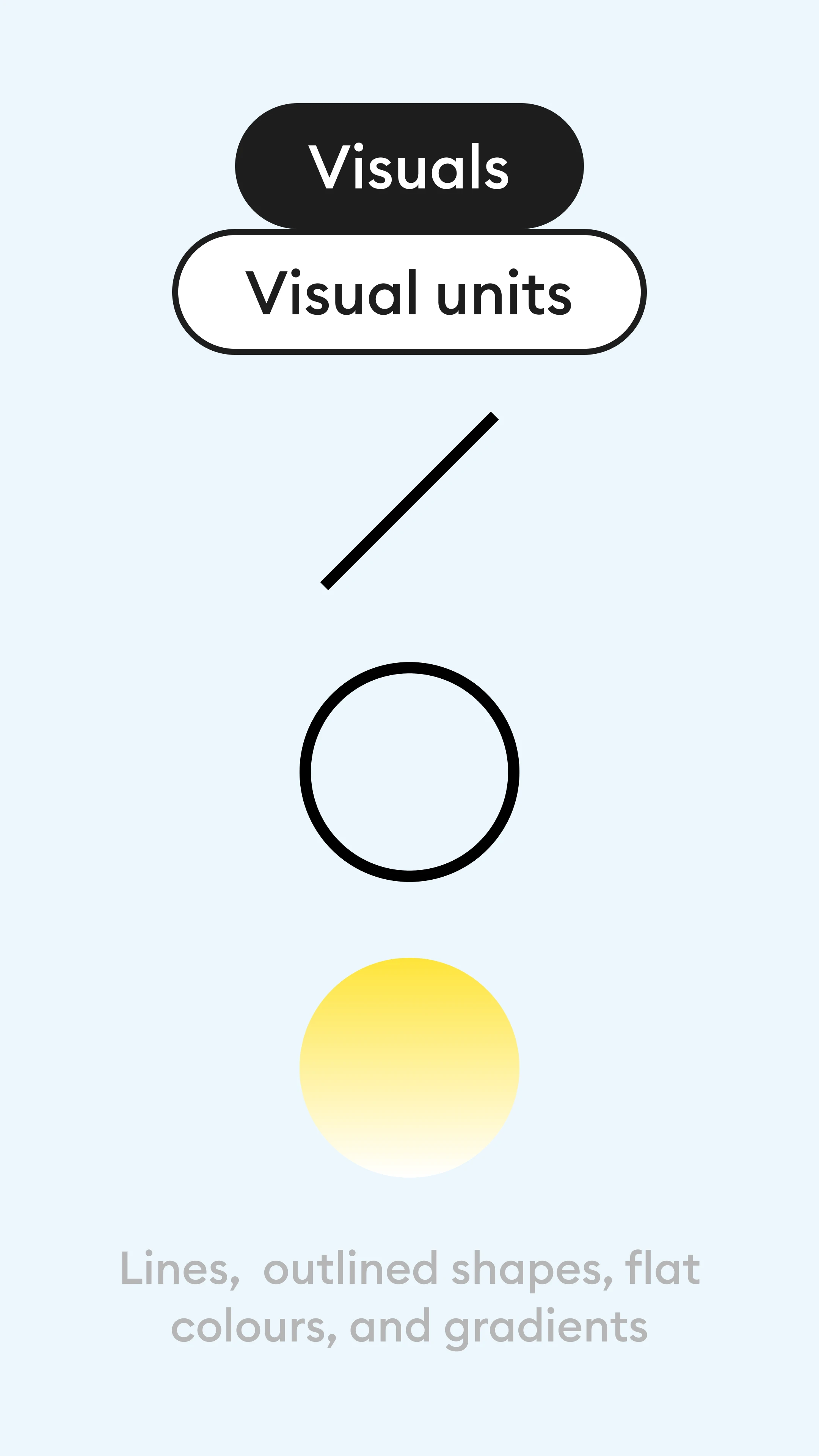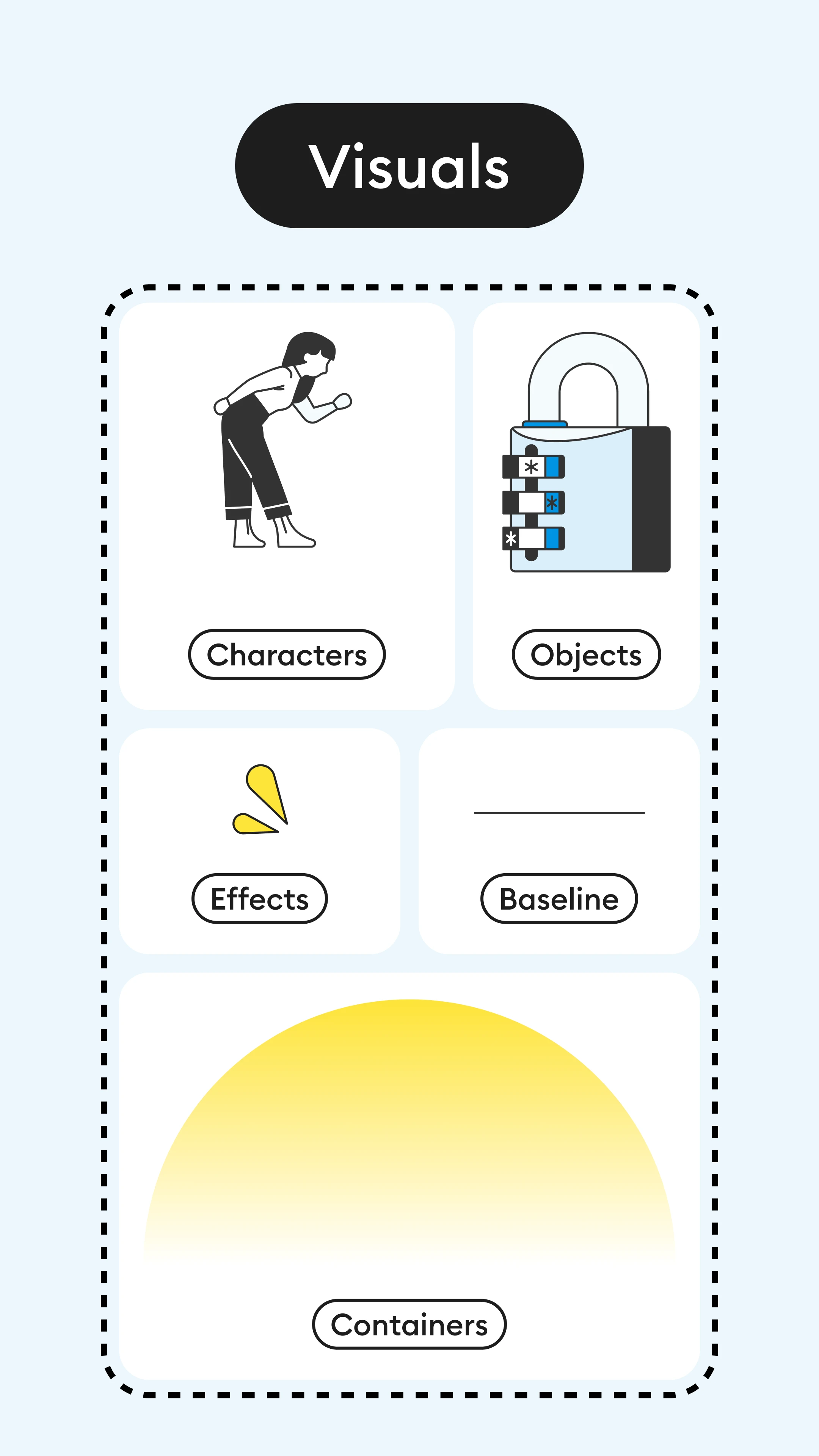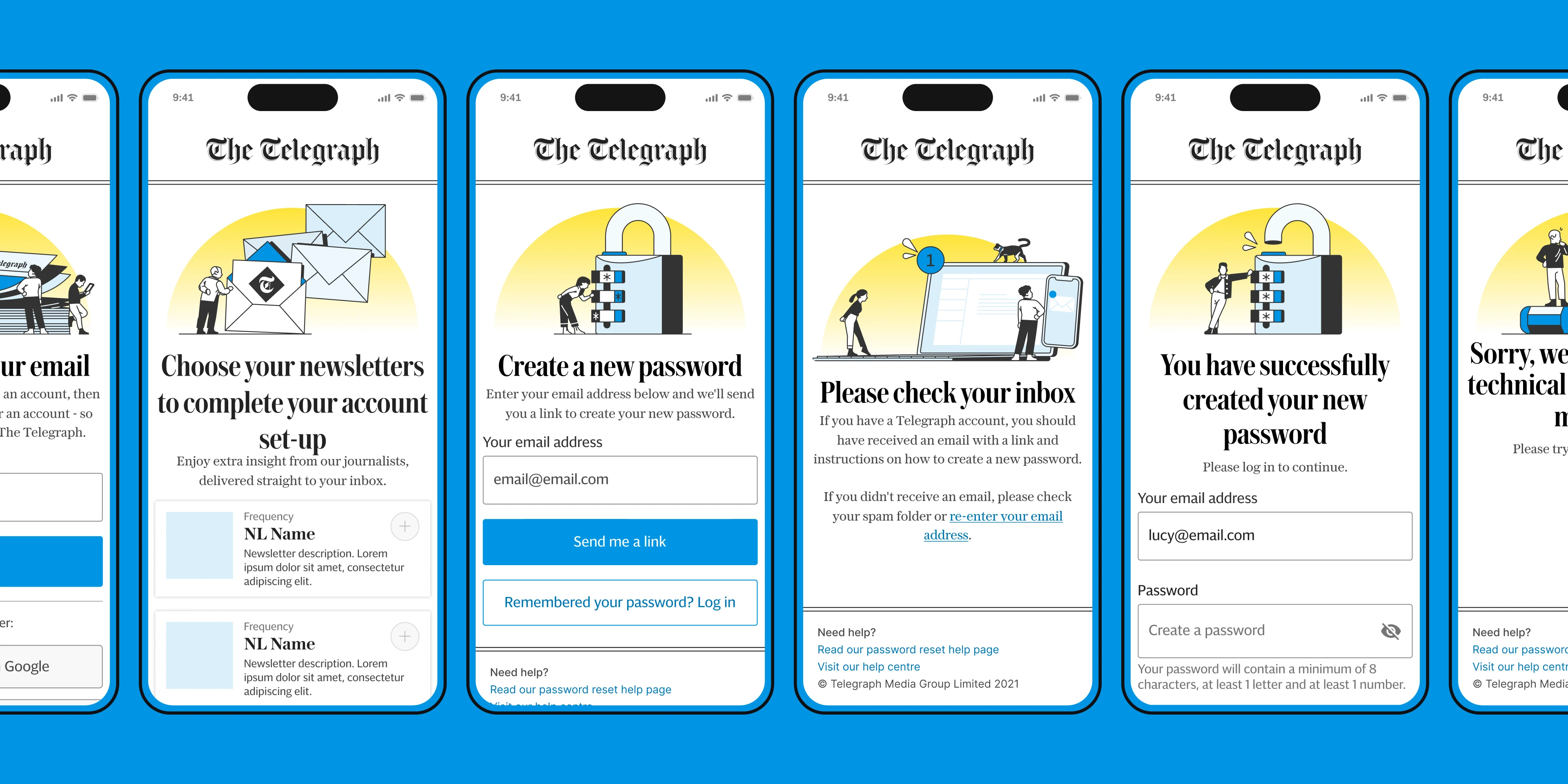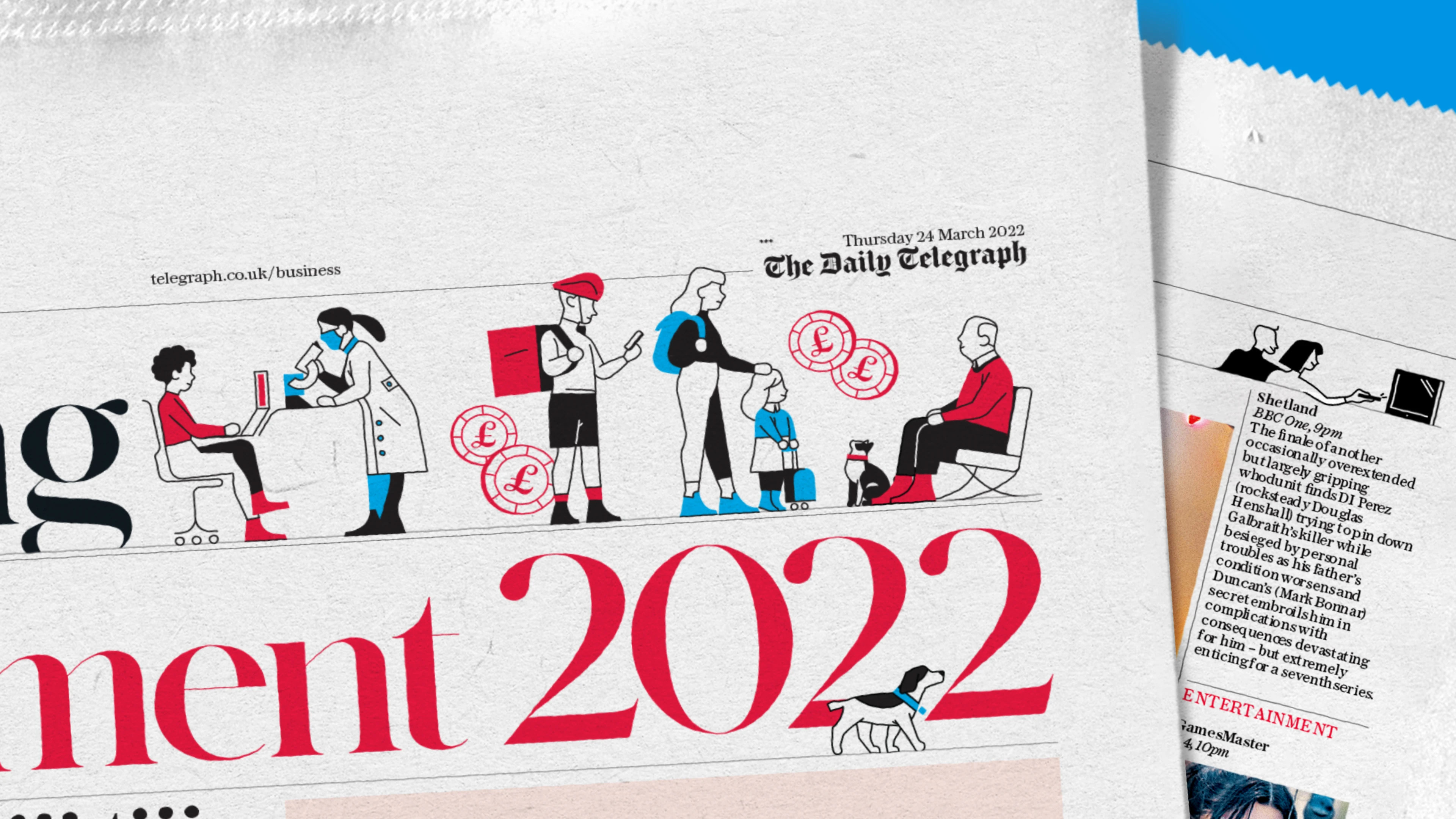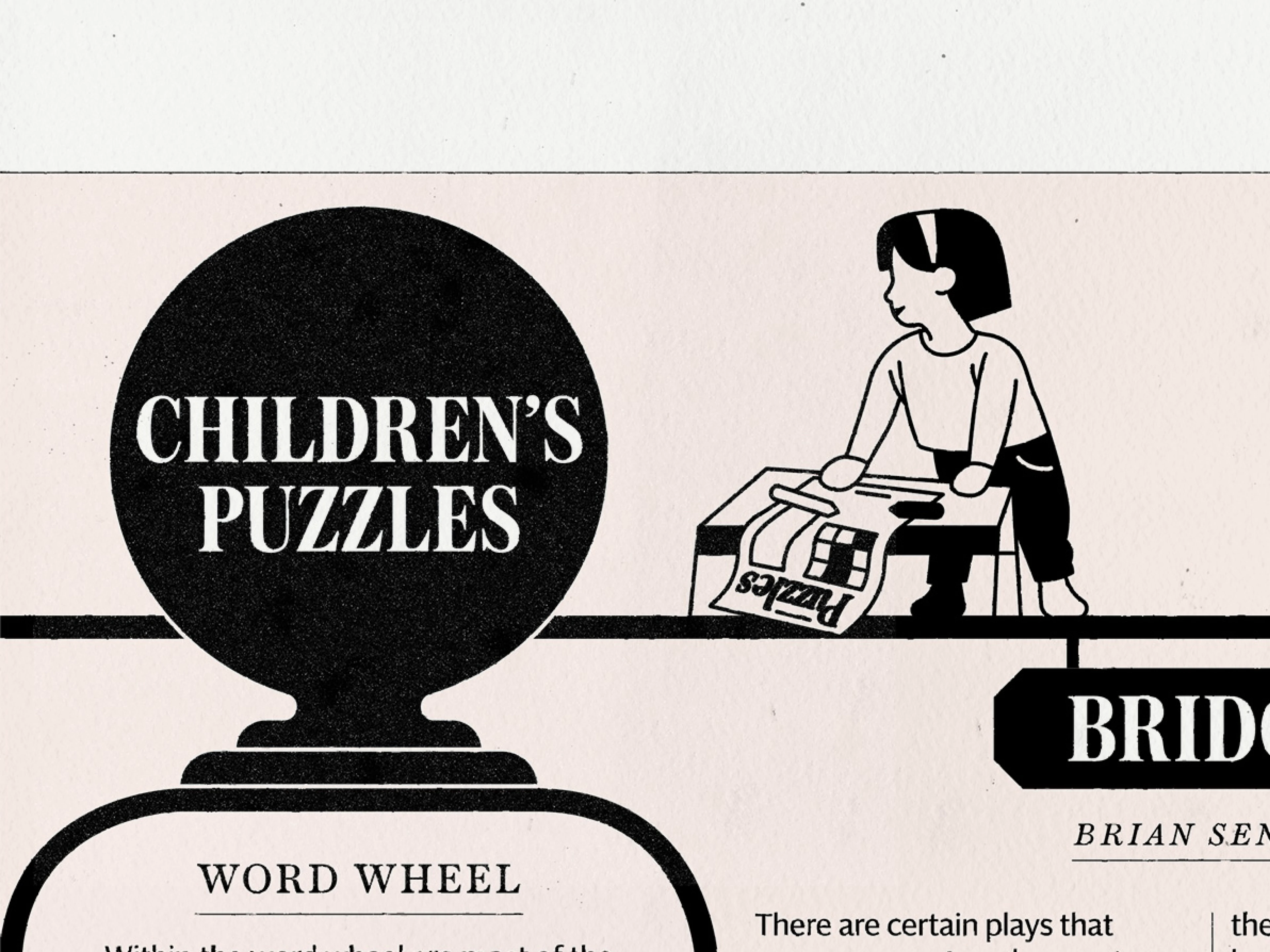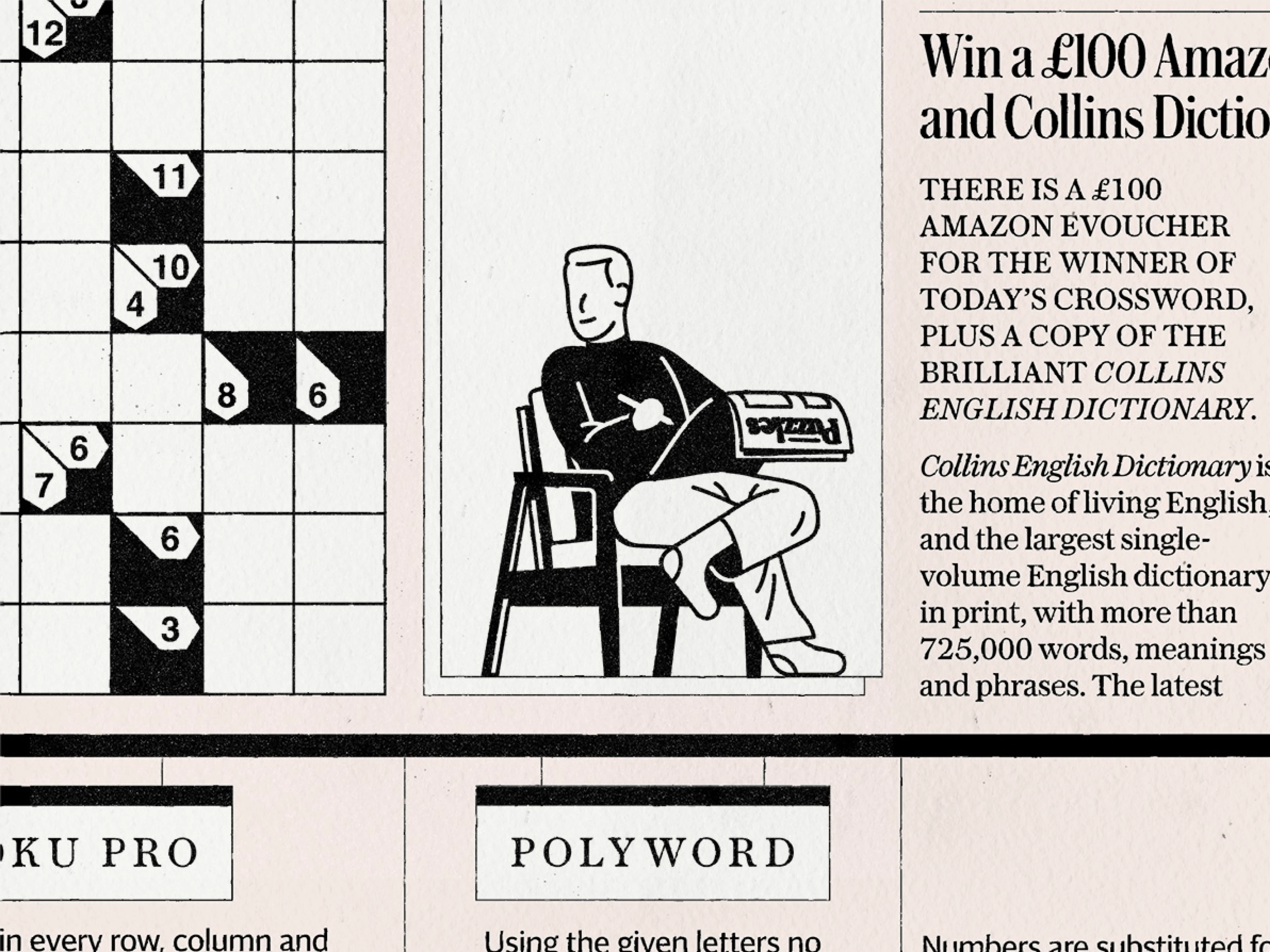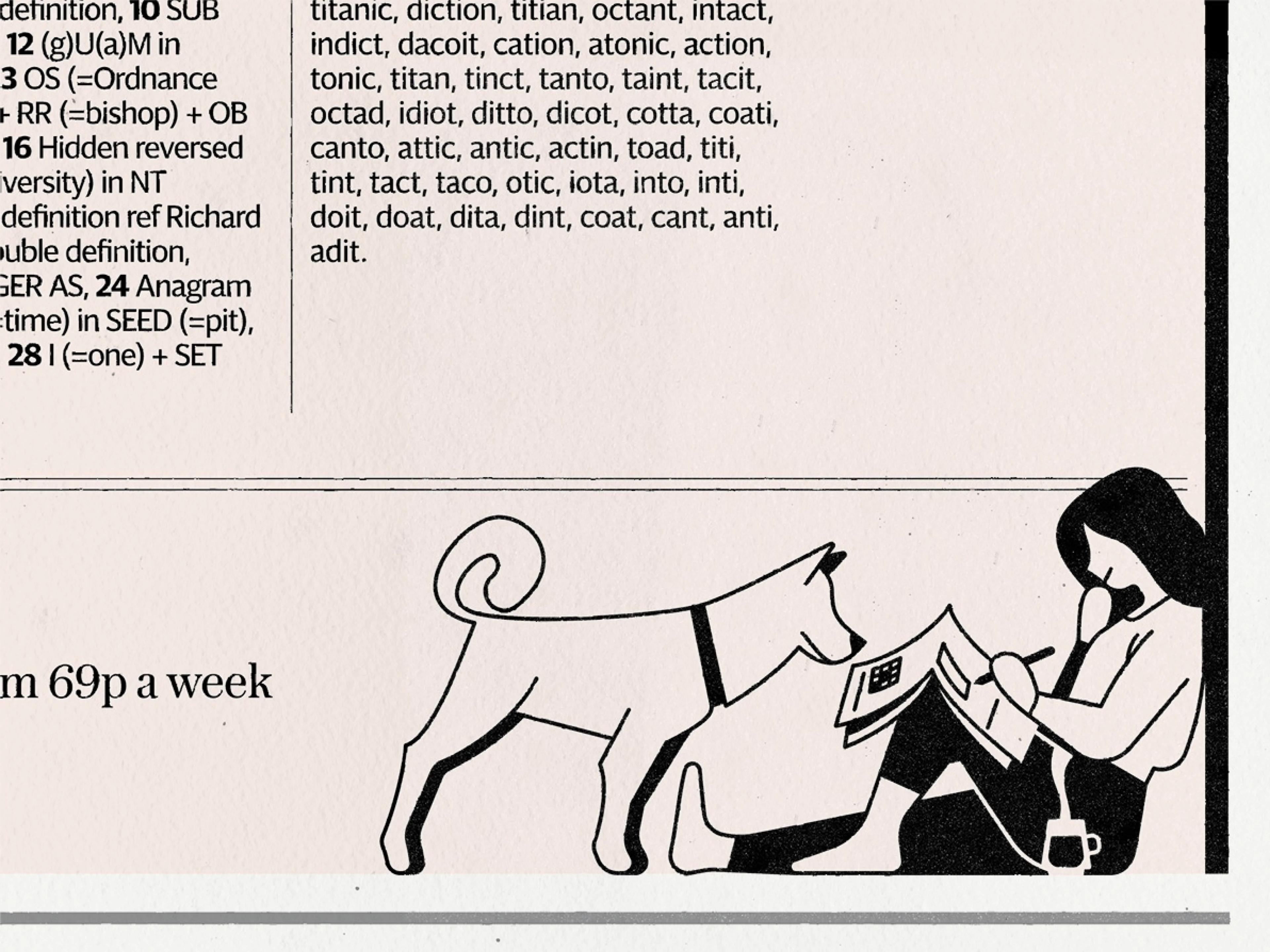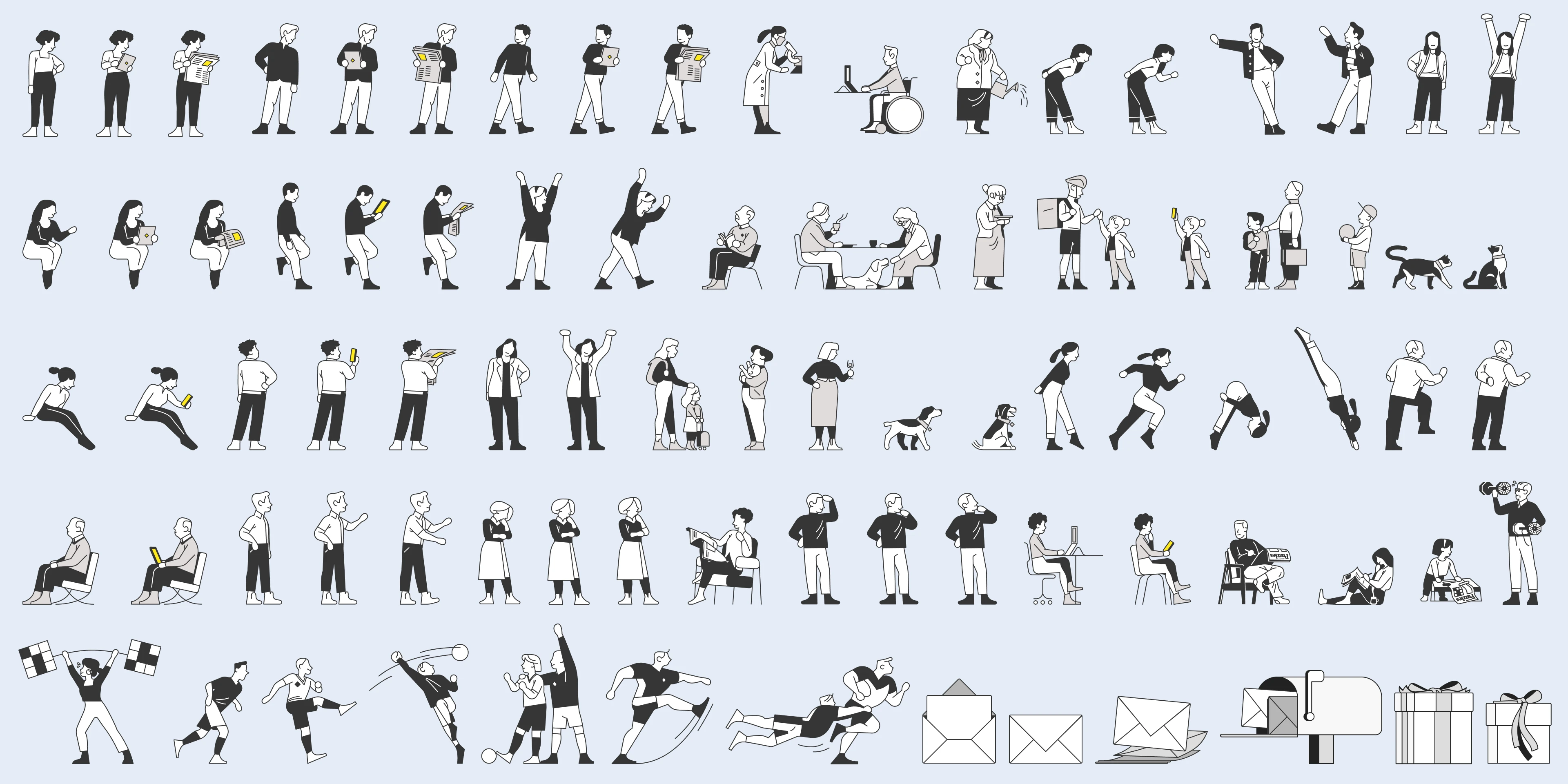Meister/ When 90s aesthetics meets mayhem
Product Design User Experience Concept Art Prototyping Figma Webflow Rive
Wishlist on SteamCtrl+Alt+Destroy reimagines the y2k fear as a fighting game, now available to wishlist on Steam. Working with Portland-based Meister studio on their first fully fledged game, I helped shape every design touchpoint across multi-year development, discovering what it truly means to be a multidisciplinary designer.
The challenge wasn’t just honouring late ‘90s aesthetics, it was reimagining that era’s visual language without making it pure nostalgia. All the while keeping development moving within a small studio’s constraints. As design lead under CJ’s creative direction, I jumped between Figma component libraries, UI specifications, visual development, and even web design in Webflow. But more importantly, I had the opportunity to be part of design discussions which allowed product decisions to inform visual concepts and vice versa.
My approach to design meant rapid iteration across different development needs. When developer Harrison D. needed UI assets, I delivered them. When the team needed user journeys mapped, I mapped them. When marketing asked for a new website, I built it. When mechanics needed visual solutions, we explored them together. The result? Positive reception at Steam Next Fest and proof that small teams with the right approach can create something genuinely exciting.
